Table of Contents
What’s the best part of a Jack Russell Terrier?
*This post may contain affiliate links. As an Amazon Associate we earn from qualifying purchases.
Is it their amazingly sensitive nose? Or their expressive tail? Is it their sensitive hearing? Or their adorable little paws?
Every part of our dogs is adorable. But a lot of those parts play special roles that a person might not even think about.
Which bit is the best bit?
That depends on how you look at it.
Nose
How does your dog smell?
Terrible!
Well, we hope not.
When it comes to pure function, goodness knows, you can’t do better than the nose.
Yes, a very well trained doggo can balance things upon it. And JRT sniffers are downright boopable. But! Did you also know….
Dogs smell in 3D
It’s true. Each nostril senses smell independently and slightly differently. Your dog’s powerful brain combines the two “images” to form a more complex “picture” of the smells in the area.
Your dog can move their nostrils independently
This helps them to smell different things in different directions!
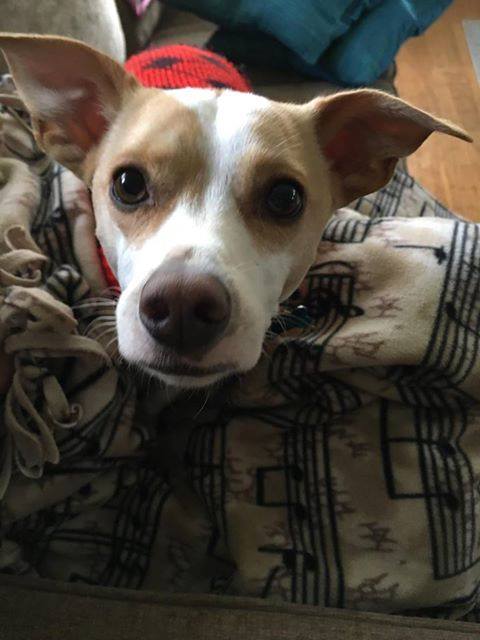
Breathing serves two different functions
When your dog inhales, half of the air goes to the lungs, and the other to their super-powered olfactory processing center. The scent-processing center of a dog’s brain is a full 40 percent larger than that of the human brain!
The canine nose can sniff out more than 100,000 different scents

That’s between ten and 25 percent more than humans can. This incredible capacity allows them to sniff out diseases like cancer and Parkinson’s. They can even tell when a migraine is coming on, when a person may be experiencing dangerously high (or low) blood
And if that’s not enough, your dog’s nose allows them to pick up on things like increased perspiration, heart rate, and blood pressure. And this is how our dogs can “sense” a person’s intentions, even when that person themselves may be unaware.
The Tootsies
Yes, that’s a technical term. Well, maybe not.
Picture this: you go out for the evening. You come home. Someone has gone out the pet door and dragged mud back into the house. The dog says the cat did it. The cat denies all accusations. But the dog has fibbed before.

How can you tell who is in the doghouse? Look for the tracks.
Do you know how to tell dog tracks from cat tracks? With smaller JRTs, you might wonder.
The most important distinction is
This time.

But what if your dog has recently had a toenail trim? Then look for a bulge between the toe pads and the larger metacarpal pad. Cat tracks will not have this. Also? Cat toes are teardrop-shaped. Dog toes are more triangular.
Dog tracks may vary widely between breeds, and also due to other factors, such as
Those Ears
The nose is a dog’s superpower. But doggy ears aren’t far off.
Dogs can hear a range of frequencies that’s four times greater than what human ears can pick up. They can also hear things that are four times farther away than the maximum human hearing distance.
Which is why it’s so darn difficult to sneak a snack when your Jack is in the house.
Why can they hear so well? It’s all in the shape. A dog’s ears are funnels for sounds. They capture and concentrate sound waves to send to that formidable Jack Russell brain.

And, like your dog’s nostrils, the left and right ears can move independently as well.
Your dog’s ears are also a communication device. When their ears are facing forward, that means they’re paying attention.
If your dog is moving his or her ears around, it means they’re looking for information or trying to figure something out.
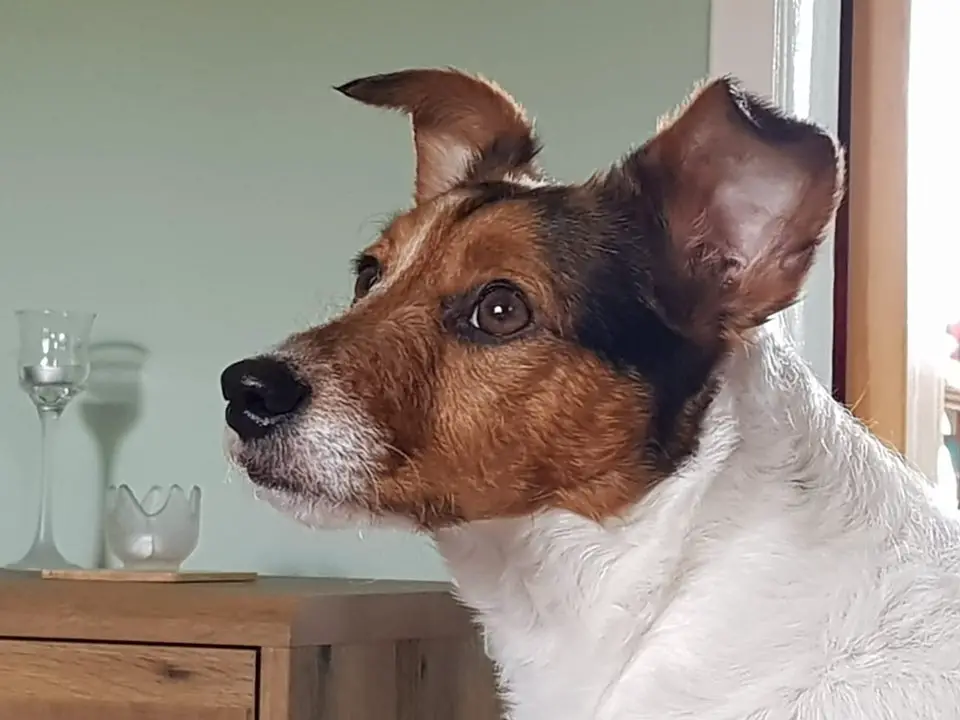
And if your dog’s ears are “pinned,” or flat against the head, and their posture is stiff, it means they’re extremely nervous or anxious.
So if dogs’ hearing is so great, why don’t they seem to listen? The fact is, like all of us, dogs exhibit selective hearing. That is, they may hear you fine, but if there’s something else more interesting going on, they may choose to pay attention to it, instead!
The Flufflebutt
The
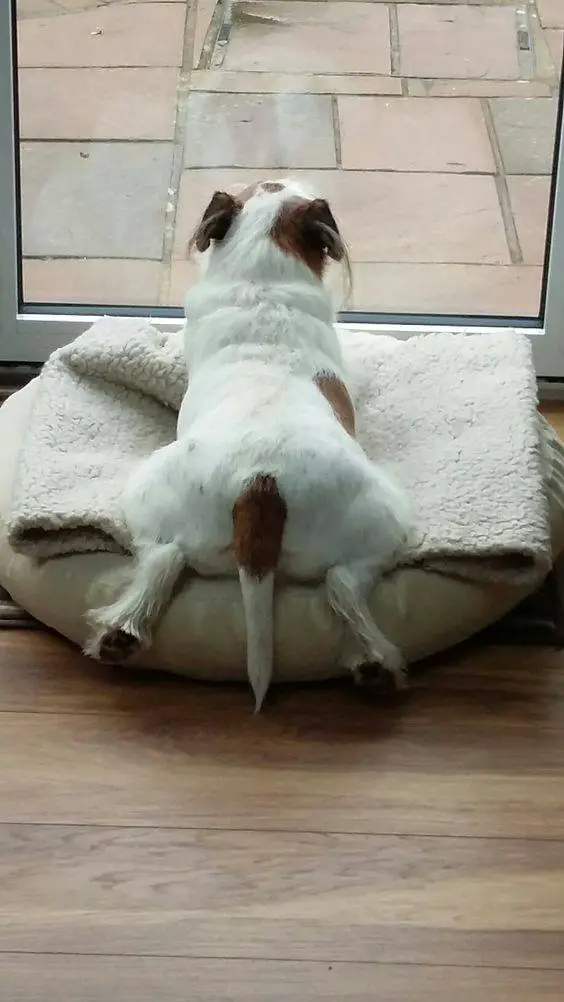
The wiggler and the wagger work together as a powerful communication tool. It may take humans a little time to become adept at reading the signals.
Did you know….
Dogs don’t only wag because they’re happy
They may wag out of nervousness, or as a warning, as well. So double-check the rest of the body as well. Stiff posture plus wagging is a warning. Relaxed posture and a doggy smile mean they’re feeling friendly.
Wags are directional
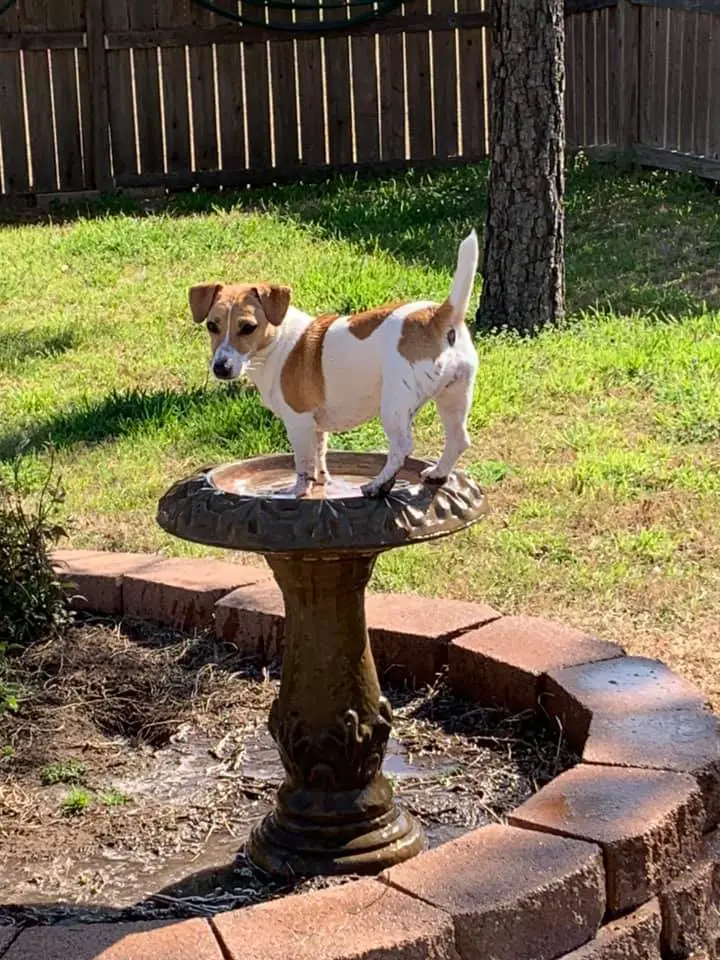
Dogs wag their tails to the right if they’re looking at something or someone they want to approach. If they’re wagging to the left, though, it means they’re looking at something they’d rather avoid.
Speed is important
Fast wagging with the wagger held high may be a sign of nervousness or anxiety, while a slow wag means a happy pup.
What about that diffuser, then?

Have you ever wondered why dogs always have their noses in other dogs’ — or even people’s — business?
A dog’s anal scent glands (that is, the diffuser function) provide a signature scent that uniquely identifies your dog to other dogs. They emit this smell when they poop. It’s also a way of marking territory.
Another purpose of your dog’s tail is to spread this scent around, so as many dogs as possible can smell your dog’s presence and know who is there.
The Peepers
Ah, there’s nothing like a Jack Russell’s soulful eyes. Have you ever thought that they might be putting on the “puppy dog eyes” in order to get their way?
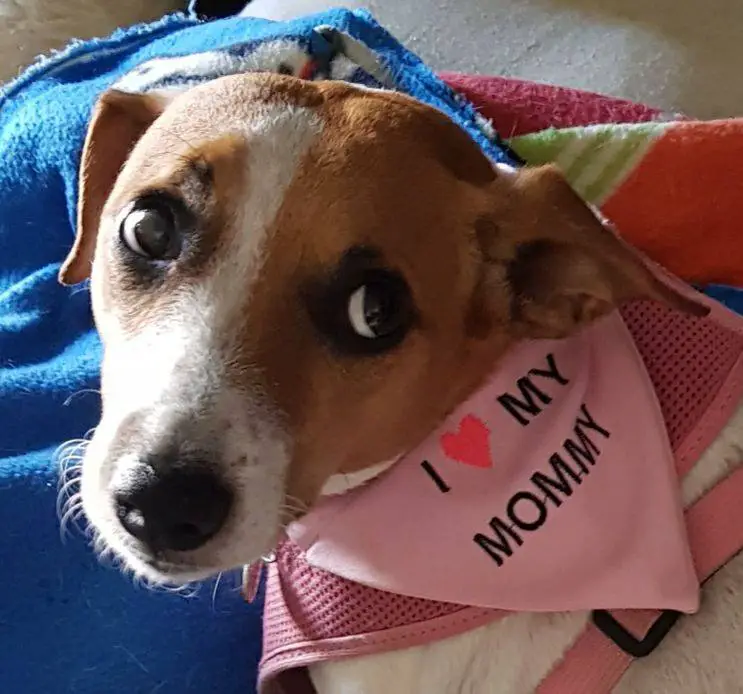
Dogs and humans have lived side by side for tens of thousands of years. And in this time, they’ve become experts at reading us. Dogs also have a complex system of nonverbal communication.
Is it any wonder they’ve figured out how to use their eyes to get us to do their bidding?
It’s true!
Eyebrows
The main purpose of human eyebrows is communication: surprise, disapproval, doubt…you can use your eyebrows to express all of these things and more.

Well, scientists also believe that dogs’ use of their eyebrows — and even the shape of the eyebrows themselves — have evolved over the course of their domestication. Why? All the better to manipulate…er…communicate with us.
Facial muscles
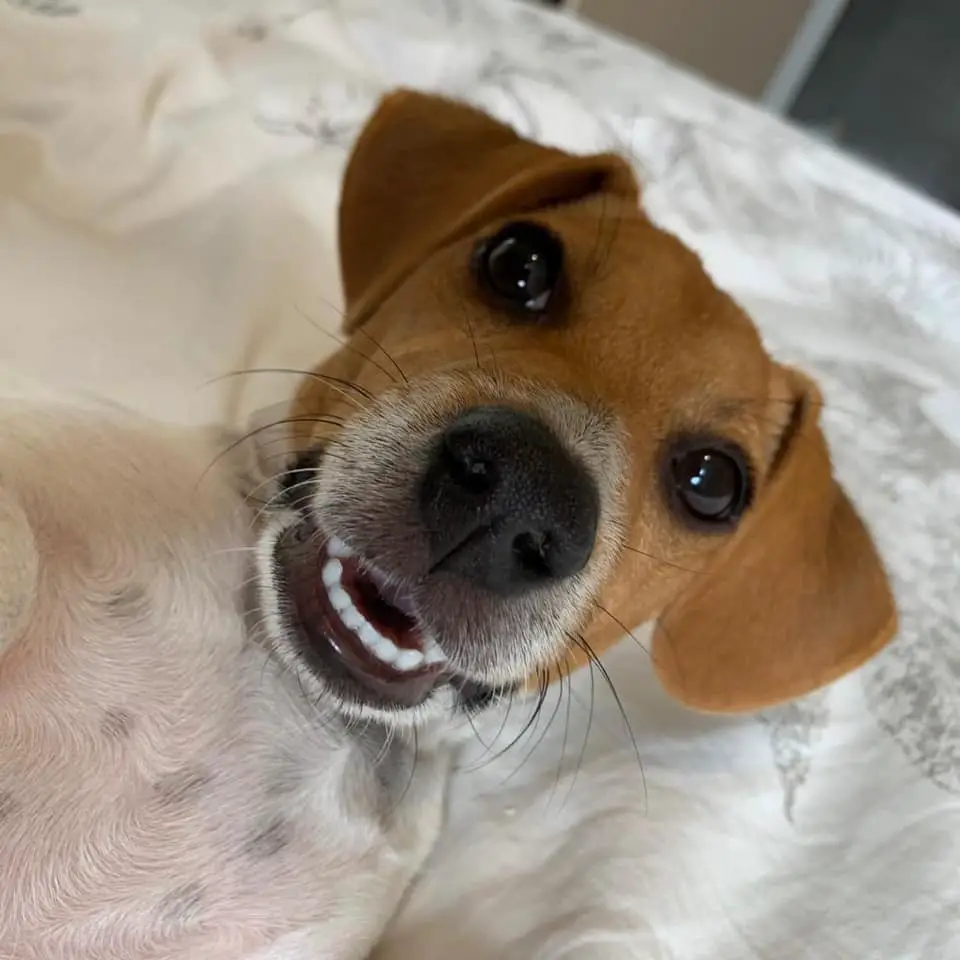
The muscles that run along the upper edge of a dog’s eyes are another feature that developed over thousands of years of domestication. These muscles allow a dog greater expressiveness through the eyes, which makes
Wolves, by the way, lack these muscles.
Can’t take my eyes off of you….
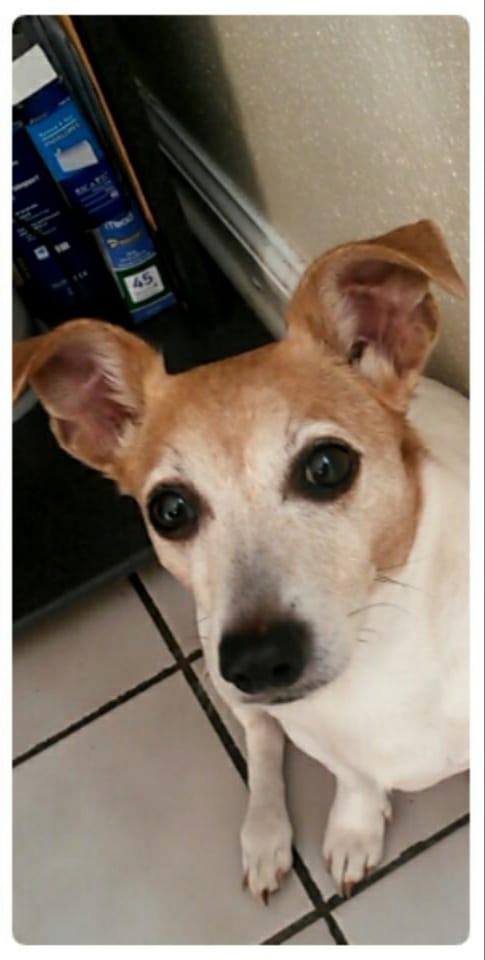
Have you ever wondered, by the way, why your dog is staring?
It could be the cheese in your hand. Or it could be that they really, really, really want your attention. This is especially true if they’ve engaged the wiggler and the wagger.
And if your dog is staring and blinking? More of the same. They’re happy, relaxed, and just thrilled to be with you.
What’s Your Favorite Part?
We’re all more than the sum of our parts, and our doggos are no different. But if you had to pick one favorite feature, which would it be? The powerful nose or ears, the expressive eyes, or the irresistible hindquarters?
What’s the best part of your pup?
Featured Image: Public Domain by Widge292, via Wikimedia Commons

